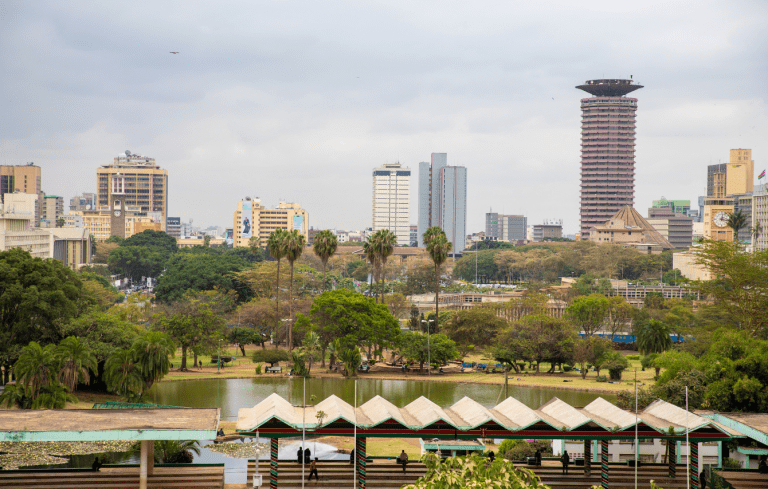Last month, the government had its first sitting of Parliament since the election, marking a crucial phase in the ongoing superannuation reform journey. While they released some draft legislation for comment, we expect more changes in the forthcoming months. As accountants in Sydney, it is essential that we stay informed and closely monitor these developments to provide accurate and up-to-date advice to our clients.
Latest proposals
- The annual limit of Non-Concessional Contributions (‘NCCs’) will be reduced to $100,000 from the current cap of $180,000 from 1 July 2017.
- No NCCs will be permitted once the super balance exceeds $ 1.6 million.
- The $ 500,000 lifetime cap on NCCs will be removed.
- The 3-year ‘bring forward’ NCC provision is still available. However, the maximum brings forward from 1 July 2017 will be $300,000 (currently $540,000).
- The current maximum bring forward remains at $540,000 until 30 June 2017 (for individuals under age 65).
- Special transitional rules apply where this brings forward period overlaps 1 July 2017.
- Work tests for individuals aged 65 to 74 will continue to apply (this test was to be abolished from 1 July 2017).
- The Concessional Contributions Cap will be reduced to $25,000 from 1 July 2017 (currently, for individuals 48 or under, it is $30,000, and for those 49 and over, it is $35,000).
- The catch-up of Concessional Contributions for individuals with superannuation balances of less than $500,000 to ‘carry forward’ unused concessional cap space for up to five years is now to commence from 1 July 2018 (previously, this was to commence on 1 July 2017).
- The $ 1.6 million pension account threshold and asset segregation – for those members with more than $ 1.6 million in pension assets, segregation will not be permitted.
- This will include Reversionary Pension accounts being counted towards the beneficiaries’$1.6million transfer cap balance.
- This $ 1.6 million cap will not apply to Transition to Retirement (‘TTR’) pensions.
- Restrictions on accessing TTR pensions from 1 July 2017.
- The earnings on assets supporting a TTR will no longer be tax-free and will be taxed at 15%, regardless of the TTR start date.
- Payments from a TTR can no longer be classified as lump sum payments.
- Reduction of the Division 293 Tax Threshold for high-income earners.
- The threshold will be lowered to $250,000 (from the current $300,000), at which high-income earners pay additional contributions tax on their concessional contributions.
As for the remaining proposals, no further comments have been made to date.
These proposals aim to ensure the superannuation system is fair, sustainable, and flexible. They offer individuals greater control and choice over their retirement savings while maintaining the integrity of thr system. However, it is important to note that these reforms are still only proposals subject to legislative approval. The government remains on track to have these measures introduced to parliament before the end of the year.
If you have any queries on any of the above or other superannuation matters, please do not hesitate to contact us.
Kreston Stanley Williamson Team
*Correct as of October 2016
Disclaimer – Kreston Stanley Williamson has produced this article to serve its clients and associates. The information contained in the article is of general comment only and is not intended to be advice on any particular matter. Before acting on any areas in this article, you must seek advice about your circumstances. Liability is limited by a scheme approved under professional standards legislation.














